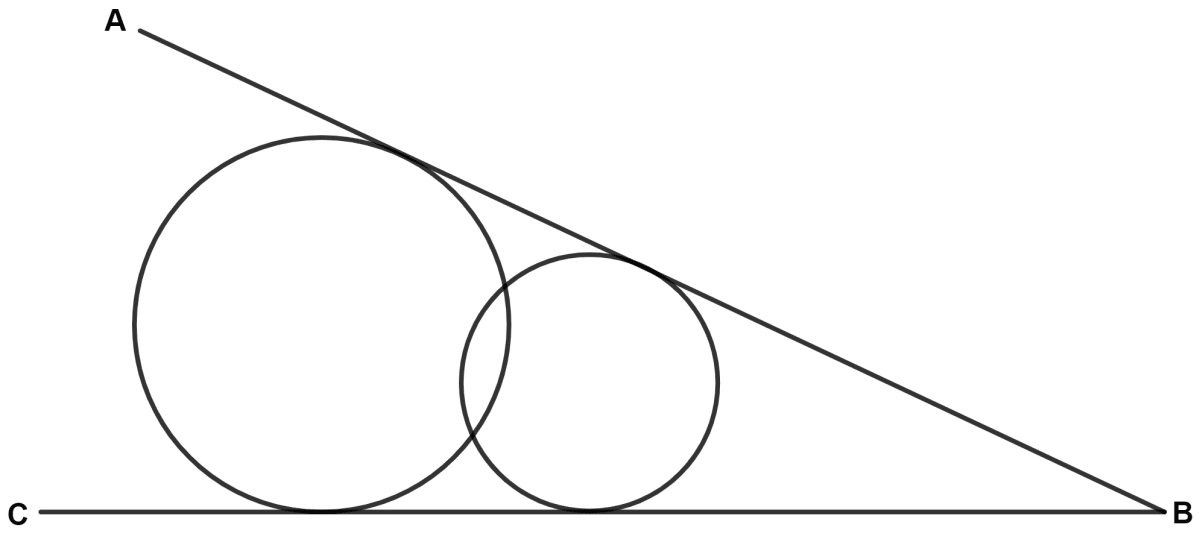Mathematics
AB is a line segment. A point P moves in such a way that the triangle APB is always an isosceles triangle with base AB. The locus of point P is the line which :
is parallel to AB
is perpendicular to AB
is perpendicular bisector of AB
passes through the mid-point of AB.
Answer
Steps of construction :
Draw a line segment AB.
Draw XY, the perpendicular bisector of AB.

We know that,
Locus of a point equidistant from two given points is the perpendicular bisector of the line joining the two points.
∴ Any point P on the line XY, will be such that PA = PB.
Hence, Option 3 is the correct option.
Related Questions
The locus of the centers of all circles, which are tangents to the arms AB and BC of angle ABC is :

perpendicular bisector of arm AB
perpendicular bisector of arm BC
bisector of angle ABC
none of these
P is a moving point and AB is a chord of a circle. If P moves, within this circle, in such a way that it is at equal distances from points A and B. The locus of P is :
a chord perpendicular to chord AB
a chord that bisects the chord AB
a diameter of the circle
the diameter of the circle which is perpendicular to chord AB
AB is a line segment and P is a moving point that moves in such a way that it is always equidistant from AB. The locus of point P is the line which :
is parallel to AB and through point P.
is perpendicular to AB through point P.
is perpendicular bisector of AB.
passes through the mid-point of AB.
A point P moves in such a way that it is at a distance less than or equal to 5 cm from a fixed point O. The locus of point P is :
a circle with radius 5 cm.
a circle with OP as radius.
a circle with diameter of 10 cm.
a circle of radius 5 cm and the fixed point O as its center.